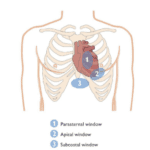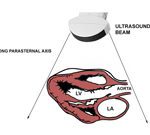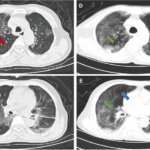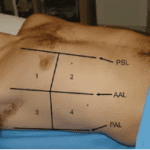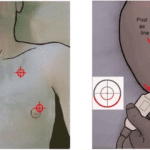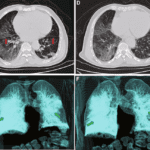2020 has been a year of challenges, growth, and resilience.
In many ways, the coronavirus (COVID-19) pandemic has interfered with humans’ inherently social nature and brought the perpetual movement of our world to a halt. However, through facing the unprecedented obstacles in 2020, humans have proved their strength and determination to overcome the various hurdles.
Technology has played a vital role in maintaining a sense of normalcy and helping the world move forward: from remote work to digital school and virtual gatherings, people continued their lives. Advancements in technology have always been instrumental in the healthcare field. Throughout this year, point-of-care ultrasound (POCUS) has emerged as a leading force in shaping the medical field.
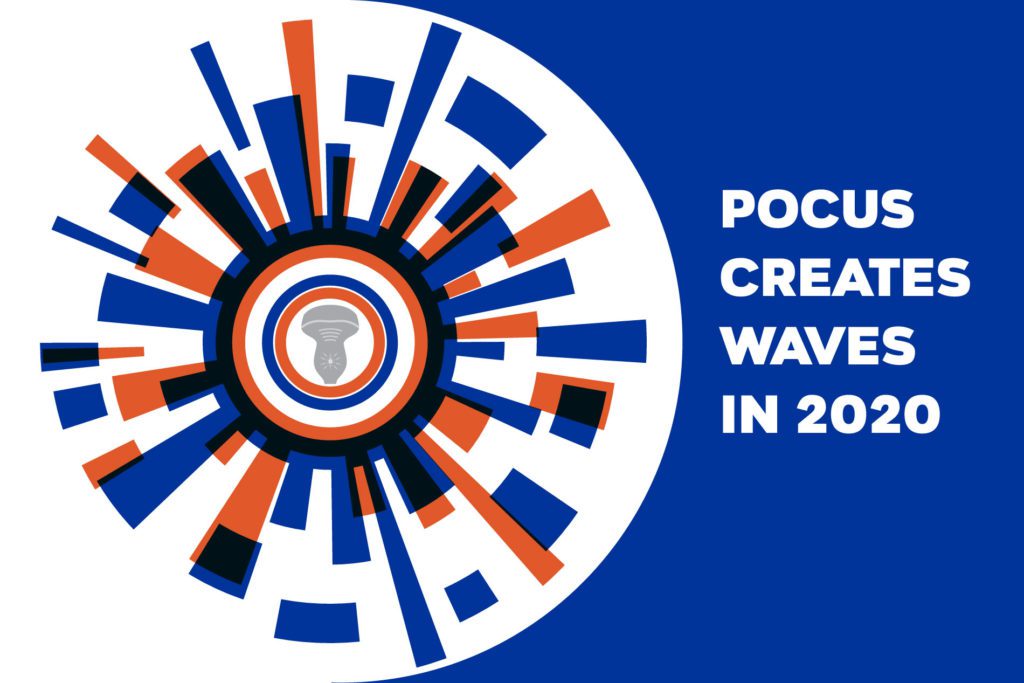
POCUS has been growing in popularity in recent years and took a frontline position amid this year’s uniqueness. From its role in diagnosing COVID-19 to its improvement and growth, 2020 has seen a growth of admiration for this modality.
A Growing Modality
While it has an extensive history, an increasing number of medical students and healthcare professionals have started adding handheld ultrasound to their medical toolbox. This growth has escalated in 2020 alongside the increased awareness of POCUS’s advantages outside of its traditional imaging and radiology uses.
As the POCUS Journal article, Point-of-Care Ultrasound is Having Its Moment, states, this rapid culture change and expansion of POCUS into other medical specialties are driven by the fact that “POCUS simply makes sense.”
Predictions that handheld ultrasound will become as common as the current stethoscope have been circulating even before 2020 due to its ability to enhance patient and doctor experience, supplement medical examinations, and allow for faster diagnoses. 2020 has further highlighted the accuracy of this prediction as an increasing number of hospital leaders and specialists around the world have turned to POCUS to help combat the current pandemic.
POCUS as a Tool to Fight COVID-19
When the ability to provide safe, fast, and efficient healthcare is more important than ever, healthcare workers have found a powerful resource in POCUS.
As a result of the hurdles and necessary safety precautions that exist because of COVID-19, as well as its ability to provide vital insight that other medical devices cannot, Dr. Larry Istrail describes POCUS as an “instrumental” resource in his article, Will Covid-19 be the straw that breaks the stethoscope’s back?. The previously mentioned POCUS journal article details how imagining modalities such as POCUS have seen an increase in use during the pandemic because they “can be rapidly deployed to the bedside, are quick to complete, involve easily disinfected instruments, and do not require multiple personnel.”
While undeniably shaping the standards of care within hospitals and medical centers worldwide, 2020 has also shown how POCUS’s impact extends to remote medicine.
Receiving Remote Care Through Tele-Ultrasound
One of the advantages of POCUS that makes it unique is the ability to utilize it wherever it’s needed: whether that is at the bedside of a large city hospital, a medical center in a rural small town, or even remotely through the practice of tele-ultrasound which allows ultrasound to be performed even when a specialist is not at the examination site.
Although they are not new practices, telehealth and tele-ultrasound visits have seen a spike in 2020 due to the pandemic. Consequently, this year has shown how POCUS technology advancements have allowed real-time communication and remote collaboration between healthcare professionals and patients to take place. Furthermore, in a year where health is at the forefront of most discussions, this technology allows remote examinations and diagnoses to be made with confidence.
Improvements in POCUS Technology
Along with digital technology that allows tele-ultrasound and remote care to be achievable, POCUS as a modality has also seen several improvements during this year.
On October 7, Butterfly Network Inc announced the launch of its next-gen ultrasound product, the Butterfly iQ+ point-of-care-ultrasound (POCUS). This democratizing technology can turn a smartphone into a diagnostic imaging system, which further shapes handheld ultrasound into an accessible modality. Butterfly Network Inc. is not the only organization that launched an innovative ultrasound advancement in 2020. FUJIFILM Sonosite launched its new Sonosite PX ultrasound system that features “the most advanced image clarity ever seen in a Sonosite system, a suite of workflow efficiency features, and an adaptable form factor.”
A Highpoint in a Year of Uncertainty
2020 has undeniably presented its challenges and the Point-of-Care Ultrasound Certification Academy™ mourns the loss of all the lives lost to COVID-19. In a year of unpredictable hurdles and unforeseen circumstances, the medical field and POCUS community have come together to create a positive impact.
Learn how you can support the mission of better care by becoming certified in POCUS today.
Ready to begin your POCUS journey? Check out our many certificates and certifications here.






